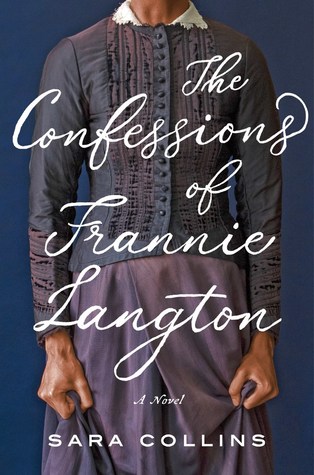"Do you believe that art is a dangerous illusion, that art obscures truth? -- or do you allow that by witnessing art the viewer experiences catharsis?"
Lu Rile's answer to this question was "I don't believe there is any relationship between art and morality." As a young photographer yearning to be recognized Lu Rile is is barely scraping by. Squatting in an artists' residence she makes do by stealing food from the health food store where she works. Socially awkward and reclusive the only support system she can count on is her ailing father. While working on a series of self portraits, she stumbles upon her "accidental masterpiece" when she inadvertently captures her neighbor's son falling to his death. The juxtaposition of her flying against him falling for her is the perfect rendition of failure -- flying as a "constant negotiation" between resisting the currents that weigh us down and adapting as we fall. Despite her answer to this question, she cannot get past the morality issue. Although she wants acclaim for her work, a part of her knows it is wrong to put this portrait on display when she is now becoming friends with the mother of the deceased boy. Yet she still earnestly pushes for it to be showcased. She evades her dilemma and loses sight of the bigger picture -- that Kate has lost her only son. Lu cannot seem to wrap her head around the fact that seeing his death captured in the moment would utterly devastate her. She keeps telling herself that Kate would see the beauty in her art. Self Portrait with Boy takes you through Lu's inner turmoil and asks what is the purpose of art. Is it to stir you out of your complacency? Is it to comfort the troubled mind? At what point do we forsake morality and kinship for beauty?
Thursday, May 30, 2019
Subscribe to:
Post Comments (Atom)
Frannie Langton is a mulatta woman in 19th century England being tried for the murder of her master and his wife. She protests her innoce...

-
Frannie Langton is a mulatta woman in 19th century England being tried for the murder of her master and his wife. She protests her innoce...
-
What's in a name? I just recently read The Guest Book by Sarah Blake. The Guest Book is as much a family saga as it is a love s...
-
"Do you believe that art is a dangerous illusion, that art obscures truth? -- or do you allow that by witnessing art the viewer experie...

No comments:
Post a Comment